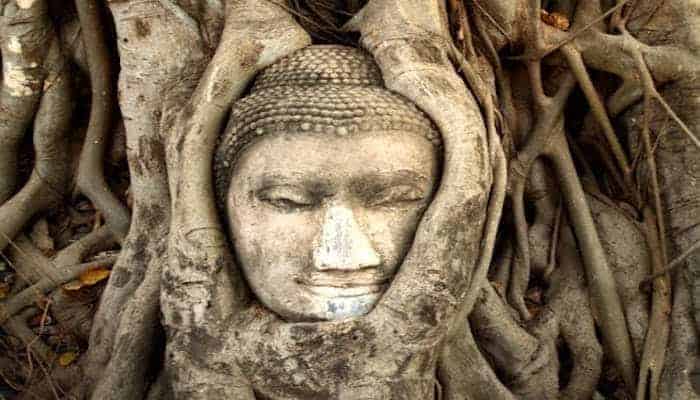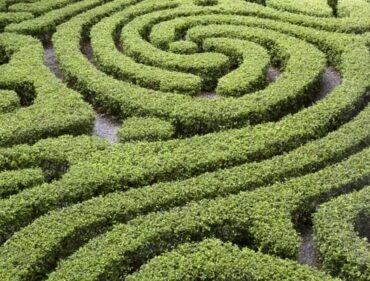Blog: How to Connect With Your Wise Self
By Isa Gucciardi, Ph.D.
The “Wise Self” is the part of you that is always calm, peaceful, nonjudgmental, and compassionate. In Buddhism, this part of the self is called your “Buddha Nature.” It is a witness to all the experiences you have, and it cannot be broken or damaged. When you are connected to this part of yourself, you can rest in the present moment and be aware of what’s happening around you without feeling pulled in.
The Wise Self can take many forms. It may appear to you as a light, a sound, a mythical creature, an angel, an animal, or an inanimate object. It may also appear in human form. Whatever form your Wise Self takes will be unique to you. You do not need to have a big mystical experience to connect to your Wise Self, you just need to create enough time and space for this part of yourself to become known to you.
One way to create this space is by engaging in a meditation practice. We’re so busy in our everyday lives that it’s easy to feel we don’t have time to sit down and “do nothing.” Even if you don’t want to meditate, it’s important to sit and do nothing. If you can, find a place in nature where you feel comfortable, and simply observe your natural surroundings— the trees, the water, the sky. When you’re doing this, you’re distancing yourself from the pressures of your life and the confines of your conscious mind.
Creating space is one of the many things meditation is designed to do, and it is an important first step. When you do this, you can change your usual patterns of thought and behavior and shift your awareness from your external world to your internal world. If you’re new to meditation, a guided meditation might be a helpful way to get started. Try this Samatha meditation.
When you give yourself enough space to connect with your Wise Self, the feelings and thoughts that arise are often obstacles to experiencing the Wise Self. When you allow yourself to do nothing, notice what comes up for you. For example, if you become agitated, you can explore the feeling of agitation. If you feel bored, investigate the boredom. When you know what the obstacles to connecting with your Wise Self are, you can work through them.
Another practice is setting an intention to connect with your Wise Self through your dreams. As you’re falling asleep at night, ask for an experience of your Wise Self. When you wake up in the morning, before you start moving around or go to the bathroom, write down your dreams. Dreams are a powerful vehicle for contacting the Wise Self.
It’s common for people to fear that this aspect of themselves doesn’t exist, or that they won’t be able to contact it. But the truth is that everyone can connect with their Wise Self. If you stay focused on your intention to encounter this part, it will present itself to you.
Editors’ note: If you would like guidance connecting with your Wise Self, Isa Gucciardi teaches three courses that will help: The Shamanic Journey, Working with Dreams, and Applied Buddhist Psychology 1: Entering the Stream.
ENJOYING THE STREAM OF CONSCIOUSNESS BLOG? SIGN UP FOR FREE UPDATES!



